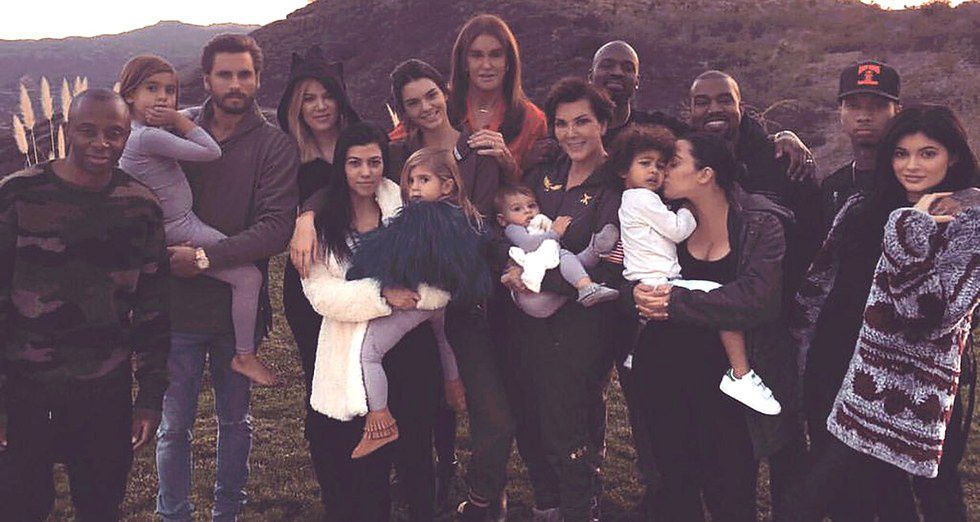As we meander into autumn, I have seen a few friends posting things about various cancer-related charities and charity activities, and while I was thinking about supporting them, I heard a little voice in the back of my head asking, “But hey, aren’t there some shady things about the Komen charity?” And yes, yes there are.
While it is admirable that organizations such as Komen have raised awareness and done so much (culturally and otherwise) for breast cancer awareness, and we have a month dedicated to it, those things alone are not enough to make an organization immune to criticism. As someone who has a statistical likelihood of encountering breast cancer in her lifetime, I am not in a position to sneeze at efforts to improve women’s health. However, there are real issues here. There is a phenomenon called ‘pinkwashing,’ which is broadly defined as various ways of using a cause to market something (it applies to other things as well, but here it applies to the pink ribbons put on products theoretically connected in some way to donations or to raising breast cancer awareness). As consumers we have an obligation to consume responsibly, so here are a few of the fishy things I found about breast cancer-related charities.
1) Komen, specifically, has partnered with questionable corporate sponsors.
And by questionable I mean, Komen partnered with companies or products that have known links to breast cancer. Komen produced a perfume in 2011 called ‘Promise Me’ which contained chemicals—galaxolide and toluene—not listed on the packaging, and said chemicals were “regulated as toxic and hazardous… have not been adequately evaluated for human safety… [and] have demonstrated negative health effects.” Komen also partnered with Yoplait yogurts, a company that uses milk from cows treated with rBGH, “a synthetic-growth hormone that has been linked with cancer.” Additionally, Komen partnered with KFC, launching a campaign called “Buckets for the Cure,” which seems like a strange move for any organization aiming to increase the health of a given population. Komen's general rhetoric surrounding treatment also focuses heavily on detection rather than prevention or lifestyle-related guidelines such as healthy food or cosmetic choices, although both certain chemicals found in foods and cosmetics have been linked to cancer.
2) There is doubt about exactly how much of any cause-marketed product profit actually goes to Komen or similar organizations.
This essentially boils down to the fact that companies may have a set donation, regardless of how many products they sell. For example Dansko sold pink ribbon clogs, but had already given or promised a donation of $25,000 to Komen, regardless of their sales. Reebok marketed pink ribbon footwear and clothes in 2010 and pledged charitable donations to the Avon Breast Cancer Crusade, but the set limit for Reebok’s donation was $750,000. This meant that no matter how many items were eventually sold, no more than that amount would be donated, and consumers would have no way to know if the limit had been reached—this isn’t a surprising corporate tactic, but as a charity-related one it is a bit uncomfortable.
3) Back to Komen: are they actually finding a cure?
Some women have been upset by the gap between Komen advertising—heavily emphasizing mammograms as the key to surviving breast cancer—and the lack of research funded by the organization, research which could actually help find a real cure. The advocacy for mammograms is certainly good, and any funding to women who need it to get treatment is also good, but telling someone that they are the key to surviving their cancer—by getting a mammogram and detecting it early—is simply false. Again, consider the implications of Komen not focusing on harmful environmental elements or lifestyle choices. Even if someone is hopeful and determined and gets treatment and does everything they can, they can still pass away as a result of the cancer. One blogger did the numbers on tax returns and a monetary breakdown that Komen made public, and found that a rather small portion of their money is actually going to funding research. There was also some light shed on the high salary that Nancy G. Brinker—the former CEO and founder of Komen—made $684,717 in 2012’s fiscal year, which was higher than salaries for Komen’s CFO and its former president, a 64% rise from the previous year and decidedly higher than CEO’s of other charities.
So, what does this all mean? It’s relatively easy to criticize, but it’s much harder to actually make changes. Well, perhaps not that much harder. We can independently donate to causes we believe in, find good charities other than the big ones, educate ourselves and our families about cancer and stay on top of our healthcare. Mostly, it means that when everything is covered in pink ribbons for the next month, think before you buy something with pink all over it simply because you want to support the cause.
























